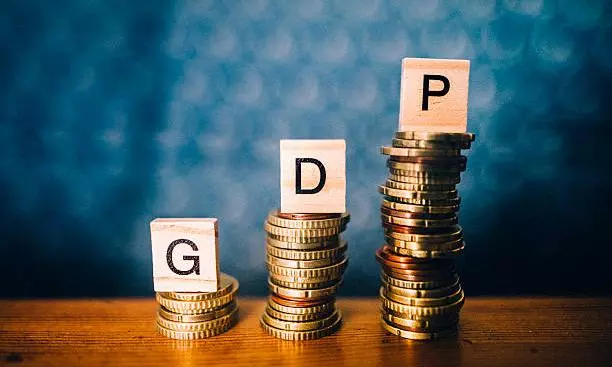GDP to Grow 6.8 PC in FY25: OECD

Chennai: The Organization for Economic Co-operation and Development (OECD) has raised its forecast for India’s GDP growth to 6.8 per cent in FY25 from 6.6 per cent predicted in May. While strong investment, credit growth and better farm output support the GDP growth, export growth will remain weaker, it said.
After clocking GDP growth of 8.2 per cent in the last fiscal year, the expansion moderated somewhat in the first half of the current calendar year, but activity has remained buoyant, led by rising rural demand and incomes, accommodative macroeconomic policy settings and ample credit provision.
The growth momentum is set to be sustained at 6.9 per cent in FY26 as well. Strong investment is the main driver of this robust performance, with accelerating public infrastructure outlays. Vigorous credit growth is supporting private investment.
Private consumption growth has picked up, but consumer confidence has flattened out. Public consumption started the year on a weak note, associated monthly indicators point to a recent rebound. The business sector has experienced vigorous growth, with profits at a 15-year high relative to GDP, improving capacity utilisation and rising investment intentions.
Inflation eased to below 4 per cent in the summer but has since jumped back above 6 per cent due to a resurgence of food, especially vegetable prices. Nevertheless, good sowing and a heavier-than-normal monsoon will eventually attenuate food-price pressures, ensuring that inflation will return to close to the Reserve Bank’s 4 per cent target. Farm output is recovering as an above-normal monsoon is lifting rural incomes, and will soon ease food prices and inflation.
However, export growth is projected to pick up slightly, but could be weaker, given ongoing global tensions. Foreign trade is no longer making the large contribution to demand that it made in FY23. The recent weakness in non-oil goods exports has been largely offset by falling oil import values. This, along with strength in services exports and remittance receipts, has resulted in a smaller current account deficit of less than 1 per cent of GDP.
Labour markets are strong, after an apparent spike in joblessness earlier in the year quickly reversed, bringing unemployment back to 6.4 per cent in the July-September quarter. However, labour supply is becoming a challenge for sustaining rapid GDP growth. Facilitating further structural shifts out of agricultural employment, including through improvements in educational attainment will be key. Also, greater focus is needed on fighting informality, boosting youth employment and raising female labour force participation.

